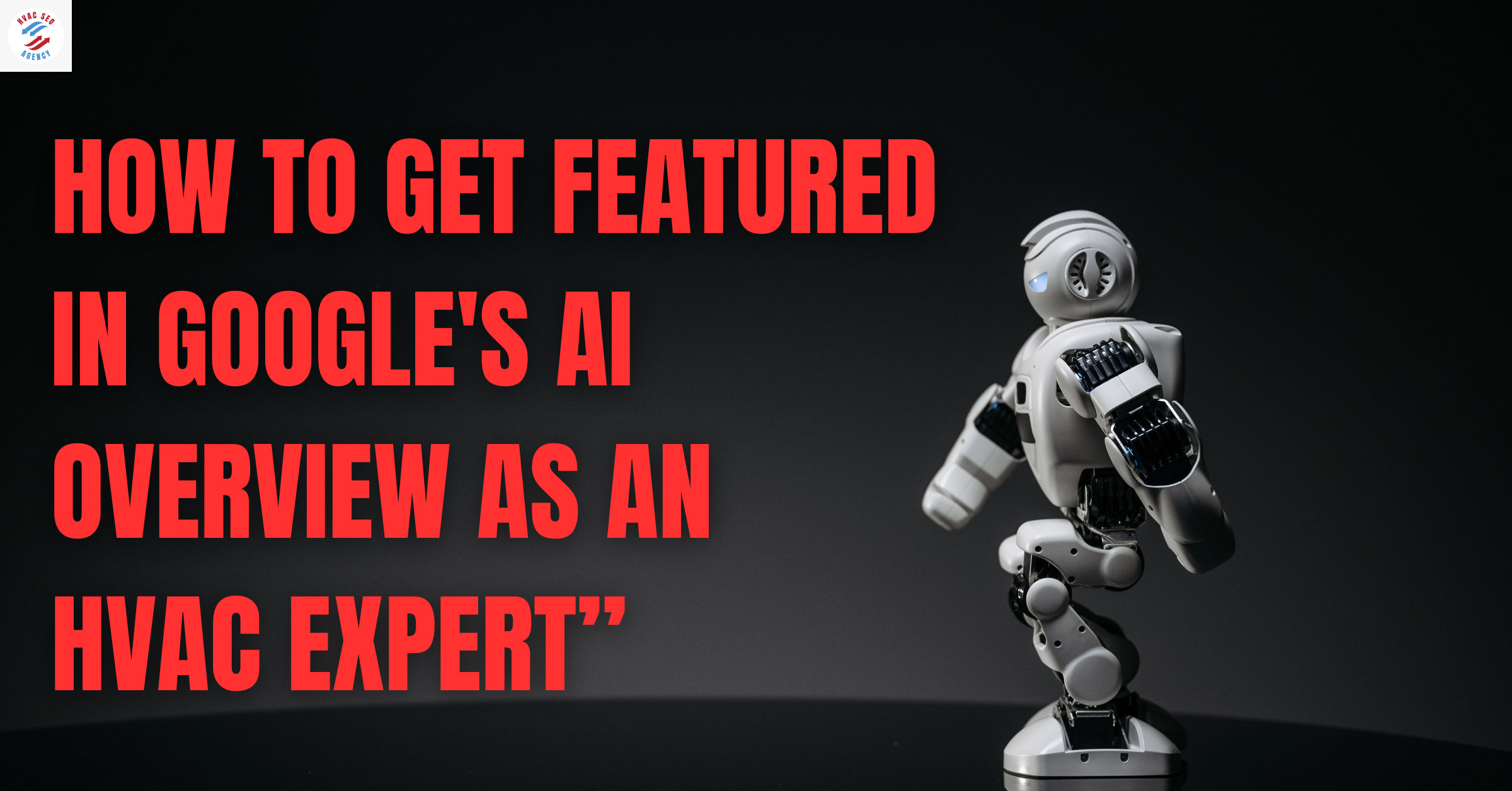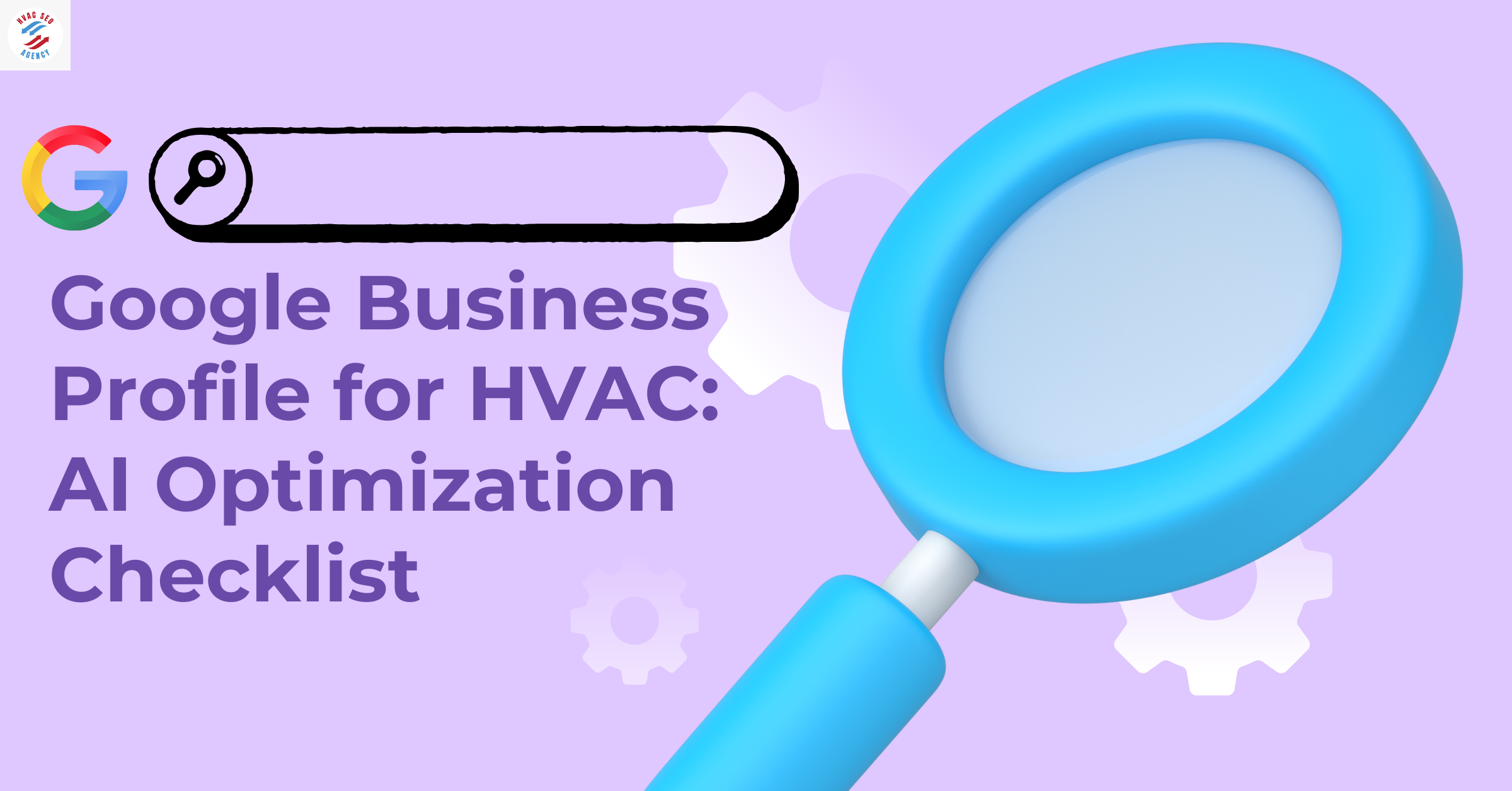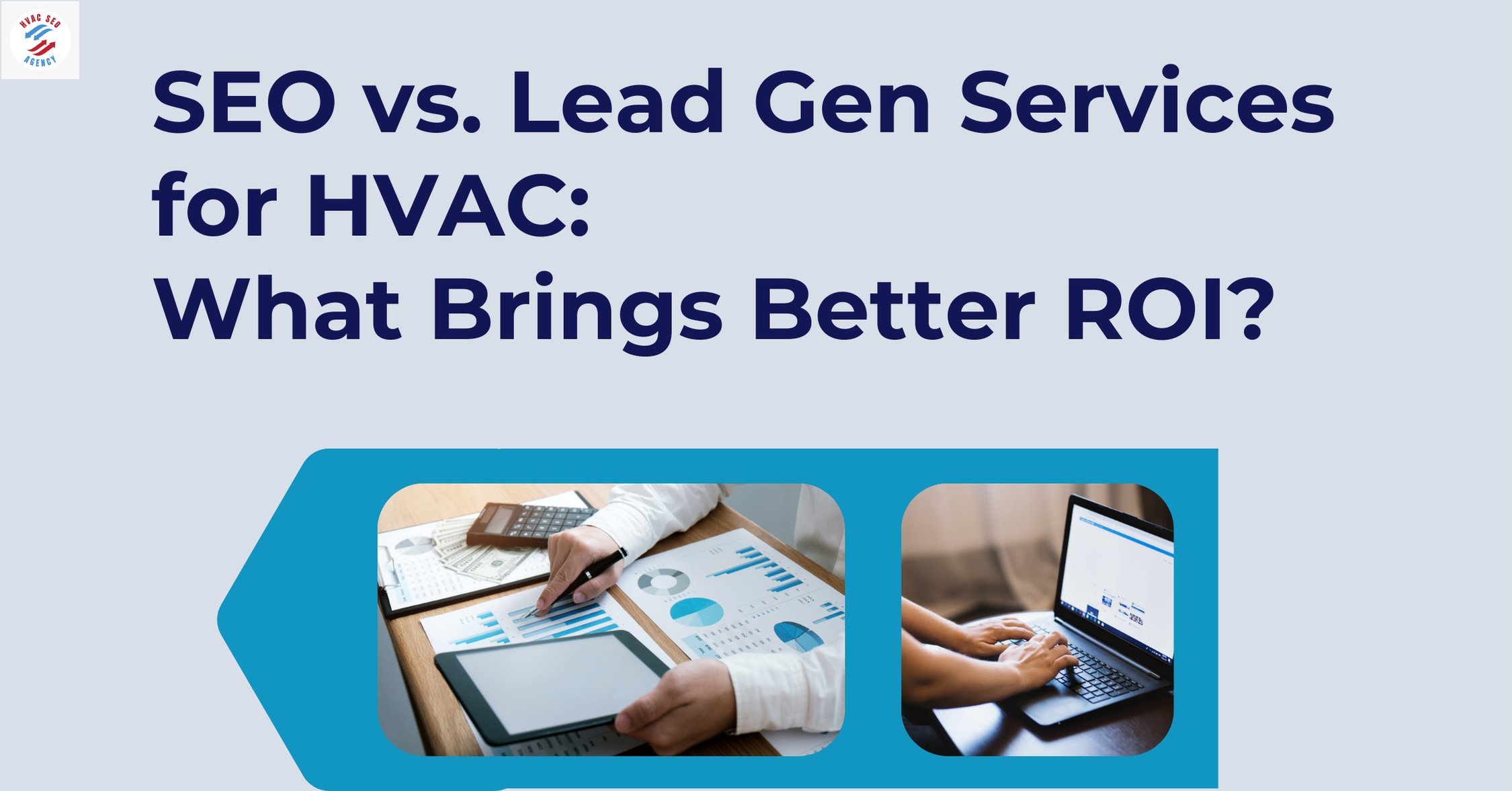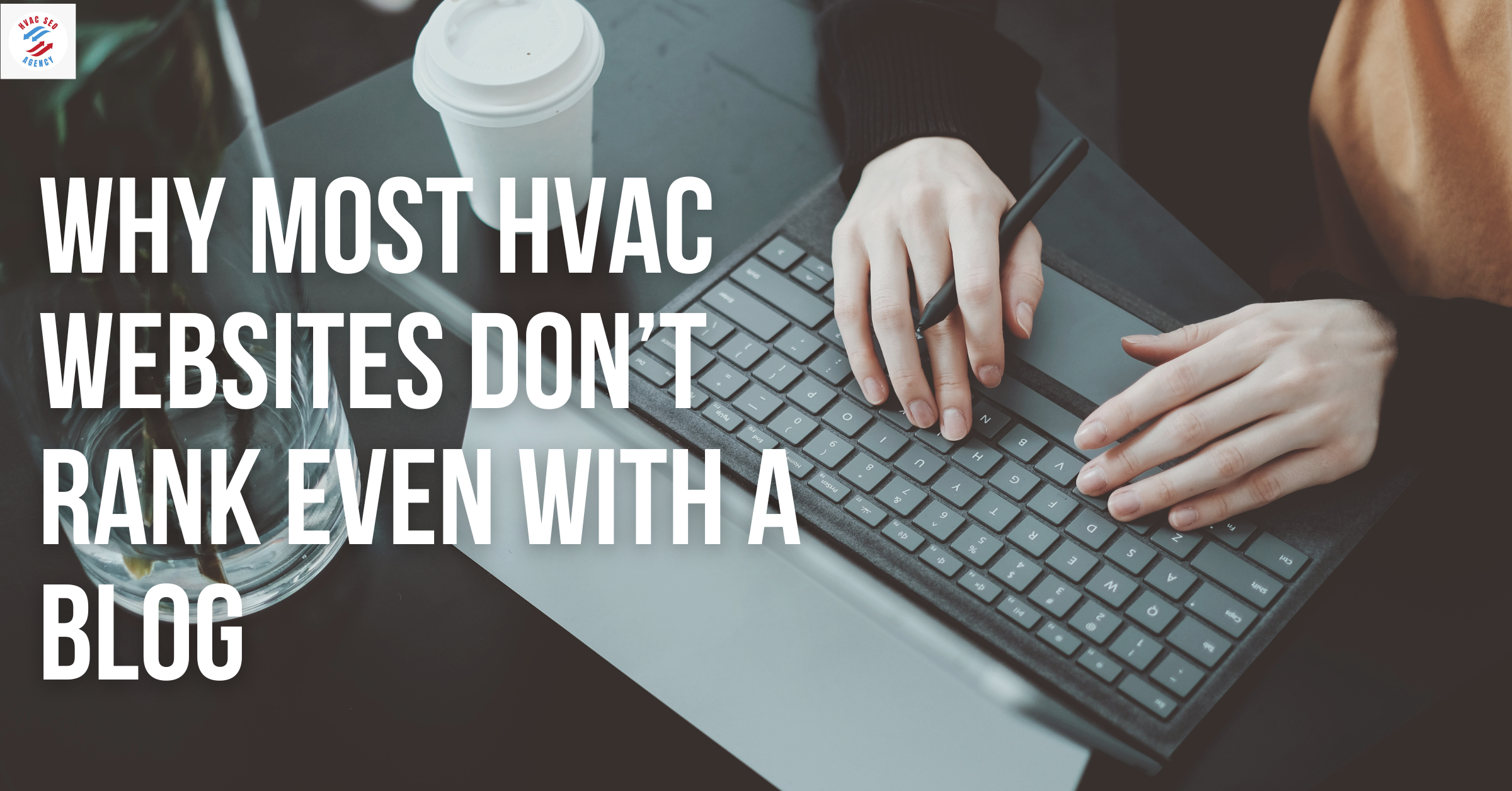Residential vs. Commercial HVAC Leads: Which Are More Profitable?

1.Why HVAC Lead Type Matters to Profit
In the highly competitive HVAC industry, the kind of leads you pursue HVAC residential leads or HVAC commercial leads can define your business’s profitability trajectory. While both lead types serve the same overarching purpose of driving revenue they differ significantly in terms of acquisition cost, conversion rates, profit margins, and business model fit.
For HVAC contractors, understanding this difference is not just about sales tactics, it's a foundational decision that impacts technician workload, long-term customer value, and operational structure. Residential leads are generally more abundant and faster to close, while commercial leads tend to offer high-ticket contracts but involve longer sales cycles and more stringent procurement processes.
The type of leads your business targets should align with your strategic goals. If your HVAC company is focused on rapid scalability and predictable cash flow, HVAC residential leads might be more profitable. But if your business model thrives on fewer, larger clients with long-term service agreements, HVAC commercial leads might deliver higher long-term ROI.
Why Marketing Strategy Determines Lead Profitability
Marketing plays a pivotal role in lead quality. Partnering with the Best HVAC SEO Marketing Services can ensure your business ranks higher on Google for lucrative keywords like “AC repair near me” or “industrial HVAC installation,” directly impacting the number and quality of both residential and commercial leads you receive.
For example, an Affordable HVAC SEO Agency in Jacksonville recently helped a Florida-based HVAC contractor increase monthly residential inquiries by 67% within six months using hyper-local keyword targeting and on-page optimization. These SEO efforts resulted in a significant reduction in lead acquisition cost compared to paid advertising.
U.S. HVAC Market Snapshot (2025 Forecast)
Source: IBISWorld, Statista, U.S. HVAC Outlook 2025
Key Insight
According to the Air Conditioning Contractors of America (ACCA), the U.S. residential HVAC market is projected to grow by 6.2% YoY, primarily driven by increased demand for energy-efficient systems in suburban homes. Meanwhile, the commercial HVAC market is seeing a surge in demand for high-capacity systems across data centers, hospitals, and schools.
What This Means for Your Business
If you're investing in marketing without a segment-specific strategy, you're likely leaving money on the table. The first step in optimizing your profit margins is deciding which leads to prioritize HVAC residential leads or HVAC commercial leads and then aligning your SEO, PPC, and CRM efforts accordingly.
In the next section, we will compare the market landscape for each segment, breaking down historical trends, revenue projections, and growth opportunities.
2. Market Overview: Residential vs. Commercial HVAC in the USA
Understanding the U.S. HVAC market's segmentation between residential and commercial sectors is crucial for businesses aiming to optimize their lead generation strategies. Both sectors exhibit distinct growth patterns, revenue potentials, and market dynamics.
Residential HVAC Market
The U.S. residential HVAC market was valued at approximately $15.4 billion in 2024 and is projected to reach $31.4 billion by 2034, growing at a CAGR of 7.5%. This growth is driven by increasing demand for energy-efficient and sustainable cooling solutions, as well as a rising focus on indoor air quality.
Commercial HVAC Market
In the commercial sector, the U.S. HVAC market generated $74.81 billion in 2024 and is estimated to reach $82.3 billion by the end of 2025, with a CAGR of 7.7%. The growth is attributed to the increasing need for energy-efficient systems and the retrofitting of aging infrastructure.
Comparative Analysis
Note: The 2025 projected revenue for residential HVAC is estimated based on the provided CAGR.
Market Dynamics
Residential Sector: Growth is fueled by new housing developments, increased awareness of energy efficiency, and the adoption of smart home technologies.
Commercial Sector: Expansion is driven by the need to upgrade existing systems, compliance with energy regulations, and the integration of advanced HVAC technologies in commercial buildings.
Strategic Implications
For HVAC businesses, these trends highlight the importance of tailoring marketing and operational strategies to each sector's unique demands. Leveraging the services of the Best HVAC SEO Marketing Services can enhance online visibility and attract targeted leads. Additionally, partnering with a PPC for HVAC Contractors in Milwaukee can provide localized SEO strategies to tap into specific market segments effectively.
3. Lead Acquisition Cost: Residential vs. Commercial HVAC Leads
One of the most critical metrics for HVAC business profitability is the cost per lead (CPL). Understanding how much you spend to acquire a single HVAC residential lead or HVAC commercial lead can help you allocate your marketing budget effectively, especially when working with an Affordable HVAC SEO Agency in Jacksonville or a national provider offering the Best HVAC SEO Marketing Services.
Average Cost Per Lead (CPL) in the U.S. HVAC Industry
According to a 2024 survey by Modernize and industry benchmarks from HomeAdvisor and ACCA:
Sources: Modernize 2024 HVAC Marketing Survey, HomeAdvisor Contractor CPL Data, ACCA Business Benchmarks
Graph: Cost vs. Value of Residential vs. Commercial HVAC Leads
Residential HVAC leads are cheaper to acquire and easier to convert, but the average transaction value is lower. This suits companies seeking high volume and fast cash flow.
HVAC commercial leads are costlier and take longer to close, but they bring in larger contracts and long-term clients ideal for businesses with B2B infrastructure.
SEO’s Role in Reducing Lead Cost
Partnering with the Top HVAC Marketing Experts in Cleveland can significantly lower your CPL over time. Instead of paying $100–$300 per click via PPC for keywords like “industrial HVAC installation,” SEO-focused inbound strategies build long-term lead pipelines at a fraction of the cost.
In fact, businesses working with an Affordable HVAC SEO Agency in Jacksonville reported a 27% reduction in CPL within 6 months, with organic traffic contributing to 42% of all new residential leads.
4. HVAC Business Strategy: Buy Leads or Focus on Organic Growth?
Every HVAC business must decide whether to rely on purchased leads or invest in long-term SEO strategies for organic growth. The debate HVAC Business Buy Leads or Focus on Organic Growth is central to profitability, especially when scaling residential or commercial operations.
The Cost of Buying Leads
Buying leads from platforms like HomeAdvisor, Thumbtack, or Angi may provide a short-term boost, but it comes at a premium. Purchased HVAC residential leads typically cost between $40 and $120 per lead, and HVAC commercial leads can exceed $300 per lead. Worse, these leads are often shared with multiple contractors, reducing your close rate.
Source: 2024 HVAC Contractor Lead Generation Study, Modernize Home Services
Why Organic Growth Wins Long-Term
Businesses investing in SEO report a significant drop in CPL (Cost Per Lead) over 6–12 months. Here’s why:
Local SEO drives long-term rankings for high-intent keywords like “HVAC repair near me” or “commercial HVAC install services.”
Leads are exclusive, converting at 30–45% on average.
SEO builds brand authority, improving trust and closing rates.
Partnering with the Best HVAC SEO Marketing Services or an Affordable HVAC SEO Agency in Jacksonville enables companies to:
Rank on Google Maps and local pack
Generate high-converting blog traffic
Build long-tail lead funnels for residential and commercial keywords
“Companies that focus on organic HVAC SEO see a 200% higher ROI within 18 months compared to those relying on bought leads.” – 2024 Local SEO Contractor Report
Strategic Recommendation
So, should your HVAC business buy leads or focus on organic growth? The answer lies in your timeline:
Short-term need for jobs? A blend of exclusive paid leads + SEO is ideal.
Long-term profitability? Invest heavily in organic SEO to generate sustainable HVAC residential leads and HVAC commercial leads without ongoing costs.
5. Revenue per Job: Profit Margins in Residential vs Commercial HVAC Leads
When comparing HVAC residential leads to HVAC commercial leads, understanding the revenue and profit margins per job is crucial for determining true profitability. While HVAC residential leads may come in larger volumes, HVAC commercial leads often bring in significantly higher revenue per contract, offsetting their lower frequency.
Average Revenue and Profit Margins
Sources: ACCA 2024 Business Benchmark Report, IBISWorld HVAC Market Analysis, Modernize HVAC Industry Report
Why Commercial Leads Yield Higher Margins
Commercial HVAC jobs usually involve larger-scale installations, retrofits, or maintenance contracts for office buildings, warehouses, and healthcare facilities. These projects require specialized expertise and long-term service agreements, contributing to:
Higher average revenue per contract
Better profit margins due to bundled service agreements and maintenance contracts
Increased repeat business and upsell opportunities
Residential Leads: Volume with Moderate Margins
HVAC residential leads tend to close faster with less complex sales cycles, but the lower dollar value per job limits profit margins. Many residential contracts are one-off or annual service calls, with margins squeezed by competitive pricing and frequent emergency service discounts.
Still, the higher lead volume and faster turnaround on HVAC residential leads offer steady cash flow, which is vital for smaller and mid-sized HVAC contractors aiming to scale quickly.
Repeat Job Rates and Lifetime Value
The lifetime value (LTV) of customers from HVAC commercial leads is often much higher due to recurring service contracts and system upgrades over multiple years. Residential customers usually engage less frequently but can still provide consistent repeat business if service satisfaction is high.
One of the biggest decisions HVAC companies face when trying to grow is whether to buy leads or invest time and resources into organic growth strategies like SEO, content marketing, and local reputation building. Both options have pros and cons that can impact your long-term profitability and brand presence.
Buying HVAC Leads: Quick Results but Higher Costs
Purchasing HVAC leads can seem like a shortcut to filling your sales pipeline fast. Lead generation companies provide lists of potential customers actively searching for HVAC services, which can help you close deals quickly. However, these leads often come at a premium cost, and the competition to convert them is fierce. Many HVAC contractors report that the conversion rates from purchased leads tend to be lower than organic leads due to lead saturation and lower lead quality.
Organic Growth: Building a Sustainable HVAC Business
Focusing on organic growth means investing in strategies like local SEO, Google Business Profile optimization, content marketing, and customer reviews. While it may take longer to see results, organic leads tend to have higher engagement and trust, translating into better conversion rates and more loyal customers. A strong online presence also positions your HVAC business as an authority in your service area, increasing brand recognition and referrals.
Which Strategy Is More Profitable?
Short-term wins: Buying leads can boost your sales immediately but often comes with unpredictable costs and fluctuating lead quality.
Long-term growth: Organic growth builds equity in your brand, reduces dependence on paid lead sources, and typically results in higher lifetime customer value.
Many successful HVAC companies adopt a hybrid approach combining some purchased leads to fill immediate sales goals while aggressively growing their organic traffic and reputation for sustained success.
7. Maximizing ROI from HVAC Lead Generation: Best Practices for Conversion
Generating HVAC leads is only half the battle converting those leads into paying customers is where the real profit lies. Whether you rely on purchased leads or organic growth, optimizing your lead conversion process will dramatically improve your return on investment (ROI).
Respond Quickly to Leads
Speed matters. Studies show that contacting a lead within the first 5 minutes of inquiry can increase conversion rates by over 900%. Use call tracking and CRM software to ensure every lead is followed up promptly whether through phone calls, texts, or emails.
Qualify Your Leads Effectively
Not all leads are equal. Develop a clear lead qualification process to identify prospects who are ready to buy or schedule a service. Ask key questions about their HVAC needs, timeline, and budget to focus your efforts on high-potential customers.
Personalize Your Communication
Tailor your messaging to each lead’s unique situation. Reference any information they provided in forms or conversations to build rapport and demonstrate understanding. Personalized communication boosts trust and increases the chance of closing deals.
Provide Transparent Pricing and Offers
One common barrier in HVAC sales is price uncertainty. Present clear pricing structures or estimates early in the conversation. Offering promotions or financing options can also encourage hesitant customers to commit.
Leverage Social Proof and Reviews
Showcase positive customer reviews, testimonials, and certifications on your website and in communications. Social proof reassures leads about the quality and reliability of your HVAC services.
Train Your Sales Team on Consultative Selling
Rather than pushing hard sales tactics, empower your team to act as trusted advisors. Understanding customer pain points and recommending tailored solutions helps build long-term relationships and repeat business.
8. Leveraging Technology to Automate HVAC Lead Management
In today’s competitive HVAC market, managing leads efficiently is crucial for sustaining growth and profitability. Technology plays a pivotal role in automating lead capture, tracking, and follow-up, ensuring no potential customer falls through the cracks.
CRM Systems Tailored for HVAC
Customer Relationship Management (CRM) software designed specifically for HVAC contractors can streamline the entire sales cycle. Features often include:
Automated lead capture from websites, social media, and paid ads
Lead scoring to prioritize hottest prospects
Task reminders for follow-up calls and emails
Integration with scheduling and dispatch tools
Centralized customer communication history
Popular HVAC CRMs like ServiceTitan, Jobber, and Housecall Pro offer these tailored solutions that help your sales and service teams stay organized and responsive.
Automated Email and SMS Follow-Up Campaigns
Automation tools allow you to set up drip campaigns that nurture leads over time. For example, if a lead doesn’t immediately book a service, they can receive:
Reminder emails about seasonal maintenance
Educational content about HVAC benefits
Special discounts or promotions
Automated SMS messages can also prompt quick responses or confirm appointments, increasing engagement rates.
Tracking Lead Source ROI
Understanding which lead sources deliver the highest returns is key to optimizing your marketing budget. Use tracking tools to monitor:
Cost per lead by channel (organic, paid, referral)
Lead-to-sale conversion rates
Customer lifetime value by source
This data helps you focus on the most profitable lead generation strategies and improve or eliminate underperforming ones.
9. Organic Growth vs. Buying HVAC Leads: Which Strategy Yields Better Long-Term Results?
HVAC businesses often face the dilemma: Should they invest in buying leads from third-party companies or focus on building organic growth through their own marketing efforts? Both strategies have pros and cons, and understanding them can help you make smarter decisions for your business.
Buying HVAC Leads: Quick Access but at a Cost
Purchasing HVAC leads can provide an immediate influx of potential customers, which is especially useful for new or expanding companies. Some advantages include:
Instant lead volume without waiting for SEO or brand recognition
Access to a wide geographic area beyond your immediate reach
Ability to scale lead acquisition quickly during peak seasons
However, buying leads also comes with drawbacks:
Leads are often sold to multiple contractors, increasing competition
Cost per lead can be high, impacting profit margins
Quality of leads can be inconsistent, leading to wasted time and resources
Organic Growth: Building a Sustainable Customer Base
Investing in organic growth strategies such as SEO, content marketing, social media engagement, and local community involvement may take longer to show results but offers lasting benefits:
Leads tend to be warmer and more qualified since they find you through trusted content
Builds brand authority and trust within your local market
Lower ongoing costs once initial content and SEO investments are made
Creates customer loyalty and encourages repeat business
Finding the Right Balance
Many successful HVAC businesses adopt a hybrid approach:
Use purchased leads to fill immediate pipeline gaps or during slow periods
Simultaneously invest in organic SEO and marketing for sustainable growth
Continuously track and analyze lead sources to optimize spending and efforts
10. Measuring ROI: How to Track and Optimize Your HVAC Lead Generation Efforts
To maximize profitability, HVAC businesses must track the return on investment (ROI) of every lead generation channel whether buying leads or growing organically. Without data-driven insights, it’s impossible to know which methods truly deliver value.
Key Metrics to Monitor
Cost Per Lead (CPL):
Calculate how much you spend to acquire each lead. This includes lead purchase fees, marketing expenses, and labor costs.Lead Conversion Rate:
Measure the percentage of leads that turn into paying customers. Higher conversion rates indicate better lead quality or sales effectiveness.Customer Acquisition Cost (CAC):
CAC includes all costs associated with gaining a new customer, not just the lead itself. This is crucial for understanding profitability.Lifetime Value (LTV) of Customers:
Estimate how much revenue a customer will generate over time. Some lead sources may deliver customers who return repeatedly, boosting LTV.Lead Source Attribution:
Track which channels (organic SEO, paid leads, referrals, etc.) bring in your most profitable customers.
Tools and Techniques
CRM Systems:
Use Customer Relationship Management software to log lead details, track follow-ups, and record conversions.Analytics Platforms:
Google Analytics, call tracking, and lead tracking tools help monitor website traffic and lead origin.Regular Reporting:
Create weekly or monthly reports to review performance and adjust strategies accordingly.
Optimize for Better Results
Refine Paid Lead Sources:
Drop or negotiate with lead sellers providing low-quality leads.Boost Organic Efforts:
Double down on SEO, local listings, and content that attract high-converting leads.Improve Sales Follow-Up:
Train sales teams to convert leads efficiently, increasing ROI on all lead types.
Consistent measurement and optimization ensure your HVAC lead generation efforts deliver maximum profit and sustainable business growth.
Frequently Asked Questions (FAQs)
Q1: Which is more profitable, HVAC residential leads or HVAC commercial leads?
A: Profitability depends on your business model. Residential leads often have higher volume but lower margins, while commercial leads typically bring higher-value contracts but require longer sales cycles. A balanced mix tailored to your strengths is ideal.
Q2: Are HVAC lead generation companies worth the investment?
A: Yes, if you choose reputable companies that provide quality leads with transparent pricing. They save time and can accelerate growth, but always measure ROI carefully.
Q3: How can I improve the quality of leads I buy?
A: Work with lead providers who vet their leads thoroughly, offer detailed lead data, and allow you to filter based on your ideal customer profile. Clear communication and feedback loops also help improve lead quality over time.
Q4: What are the benefits of focusing on organic HVAC lead generation?
A: Organic leads often cost less over time, build long-term trust, and result in higher customer retention. SEO, content marketing, and local listings are key strategies for organic growth.
Q5: How do I track the ROI of my HVAC lead generation efforts?
A: Use CRM systems, analytics tools, and regular reporting to monitor key metrics like cost per lead, conversion rates, and customer acquisition costs to ensure your investments are profitable.
Conclusion
Choosing between HVAC residential leads and HVAC commercial leads depends on your company’s resources, goals, and market niche. Both have unique advantages, and often the most profitable approach involves a strategic mix of the two, supported by strong lead tracking and continuous optimization.
Whether you buy leads or focus on organic growth, data-driven decision-making is crucial. Invest in quality leads, nurture prospects effectively, and measure ROI diligently to scale your HVAC business sustainably.
With the right balance and strategy, you can maximize profitability, outpace competitors, and build a thriving HVAC service brand in today’s competitive market.






